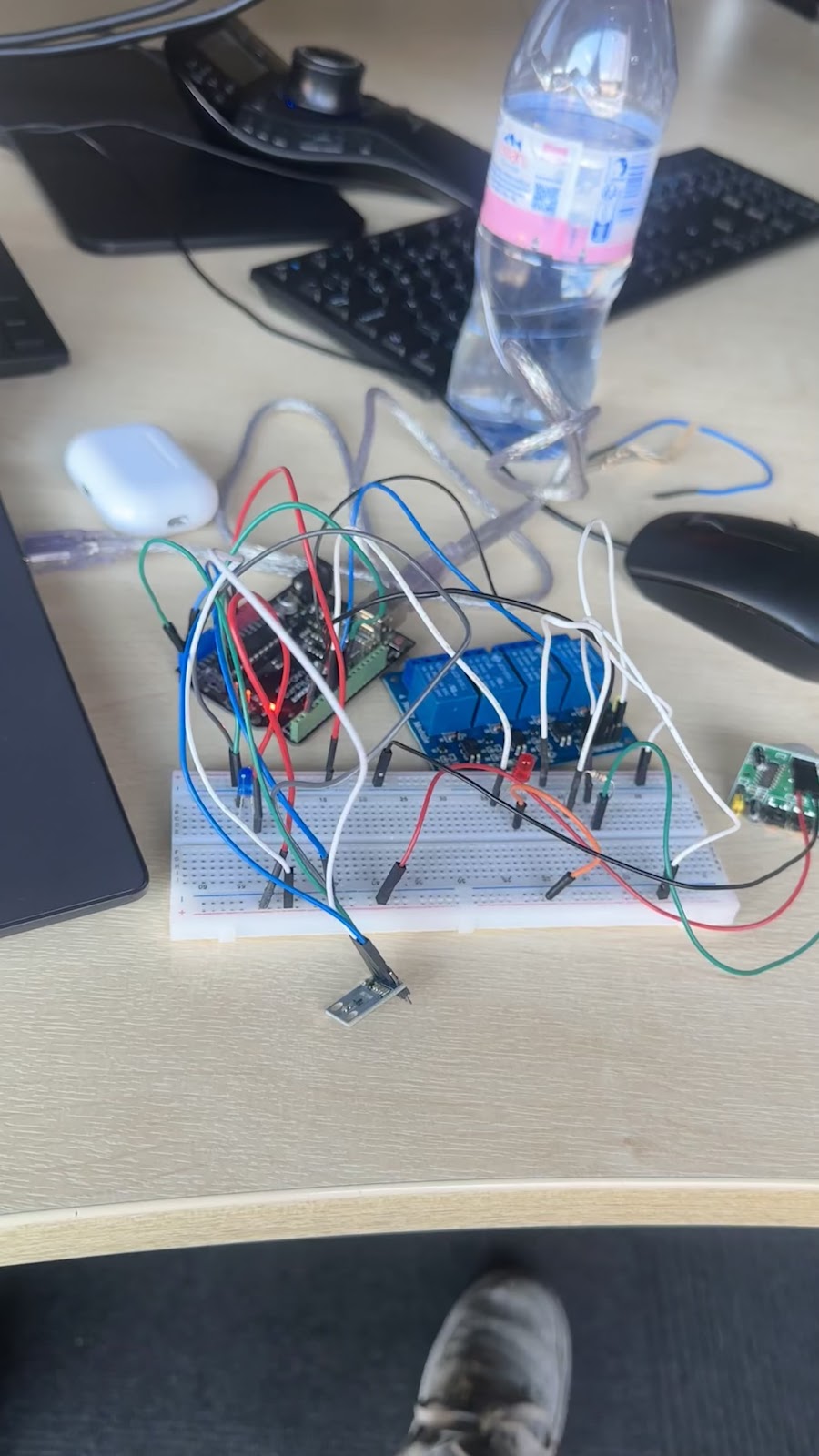Market research
existing smart lighting systems compared to my proposed system
for current smart lighting solutions the features often
.Connectivity: Integration with IoT devices, allowing control via smartphones or tablets.
.Automation: Scheduling and automation based on user preferences
.Energy Efficiency: Adaptive lighting based on ambient conditions to conserve energy.
on the other hand i plan to develop the following
Gesture-Based Control: Utilizing a camera and OpenCV for hand gesture recognition.
Occupancy Detection: Employing PIR motion sensors to determine room occupancy.
Ambient Light Adaptation: Adjusting lighting levels based on real-time ambient light measurements.
Remote Access: Providing Wi-Fi connectivity for remote monitoring and control.
some existing systems offer gesture controls, but my approach distinguishes itself by:
Camera-Based Gesture Recognition: By Implementing a vision-based system using OpenCV, which can offer more complex gesture recognition compared to radar-based methods.
Comprehensive Sensor Integration: when i combine occupancy detection, ambient light sensing, and gesture control to create a more responsive and adaptive lighting environment.
Cost-Effective Components: Ill be using hardware like Arduino Mega, Raspberry Pi, and ESP8266 modules to maintain affordability.
so my conclusion basically by integrating advanced camera-based gesture recognition with multiple sensor inputs, my smart lighting system offers a unique combination of features that enhance user interaction and energy efficiency, setting it apart from existing solutions in the market.


Comments
Post a Comment